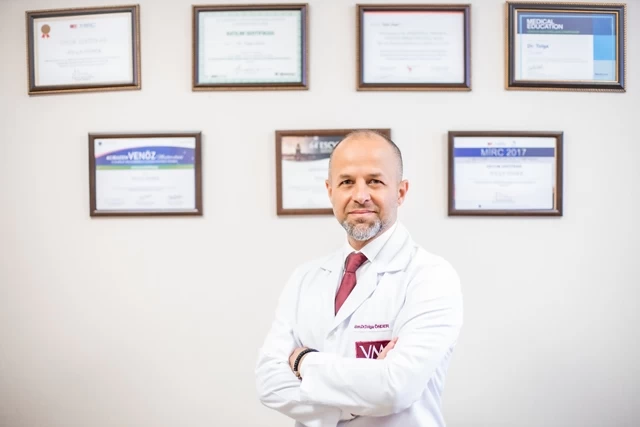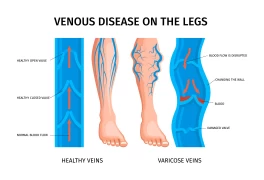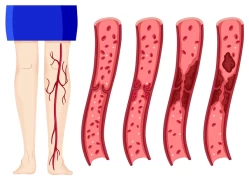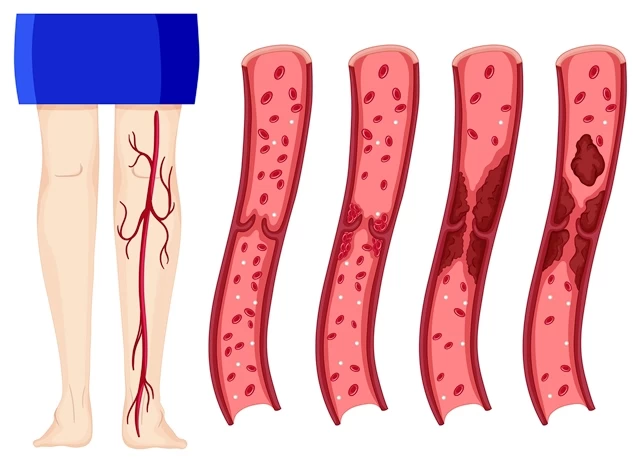
Deep Vein Thrombosis
- Deep Vein Thrombosis
- What is Deep Vein Thrombosis?
- How is Deep Vein Thrombosis Recognized?
- Symptoms of Deep Vein Thrombosis include
- Why does Deep Vein Thrombosis Occur?
- What Should Deep Vein Thrombosis Patients Pay Attention to?
- If Deep Vein Thrombosis is Treated, the Risk Decreases
Deep Vein Thrombosis, commonly known as 'blood clot formation in the veins,' can also be described as the blockage of major deep veins anywhere in the body.
Although this condition is typically observed in individuals aged forty and above, it can rarely occur in younger people as well.
Deep Vein Thrombosis usually develops in the hip and thigh area or the legs.
What is Deep Vein Thrombosis?
Deep Vein Thrombosis, abbreviated as DVT, refers to the formation of blood clots in deep veins anywhere in the body. These clots commonly occur in the lower leg or thigh region but can also arise in other areas of the body.
How is Deep Vein Thrombosis Recognized?
Deep Vein Thrombosis symptoms may vary, and it is crucial to seek medical attention when experiencing any of them. The diagnosis of Deep Vein Thrombosis is made through medical history (anamnesis), physical examination, and evaluation of test results by a specialist physician.
Symptoms of Deep Vein Thrombosis include
- Severe tenderness and pain in the legs
- Color changes or redness in the legs
- Stiffness in the legs
- Noticeable swelling along the leg or in another major vein
- Increased warmth in the swollen or painful areas of the legs
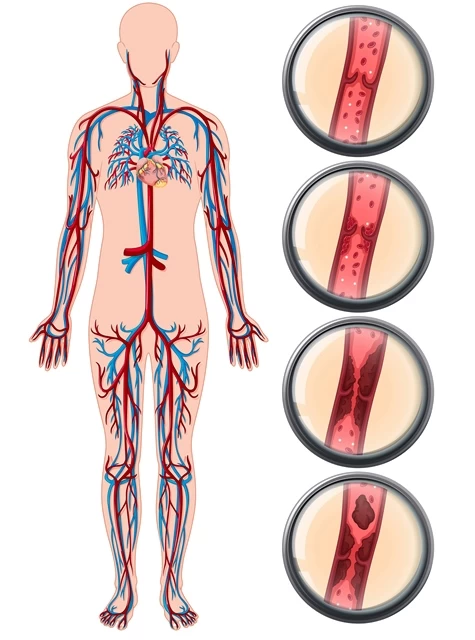
Why does Deep Vein Thrombosis Occur?
Risk factors for Deep Vein Thrombosis include:
- Recent cancer treatment
- Hereditary clotting disorders
- Use of birth control pills (Contraceptives) or hormone therapy
- Being overweight or obese
- Prolonged dehydration due to reasons like diarrhea
- Giving birth or being pregnant
- Sedentary lifestyle: Deep Vein Thrombosis is more common in bedridden patients and individuals who frequently take long trips.
What Should Deep Vein Thrombosis Patients Pay Attention to?
Individuals with Deep Vein Thrombosis may initially have difficulty moving, but they should gradually return to normal activities. If swelling or pain is felt in the legs, lying on the back with the heels supported approximately 20 centimeters high can help improve blood circulation and reduce swelling. Additionally;
- Deep Vein Thrombosis patients may require hospitalization for treatment, while others may receive outpatient care.
- If individuals with Deep Vein Thrombosis have to remain immobile for a long time, they should exercise their calf muscles.
- They should avoid activities that may cause serious injuries.
- Compression stockings should be worn as recommended by the doctor.
- Getting up and walking for a few minutes every hour is advised.
- Tight-fitting clothing that restricts blood flow in the legs should be avoided.
If Deep Vein Thrombosis is Treated, the Risk Decreases
In the area affected by Deep Vein Thrombosis, common symptoms may include sudden swelling, increased warmth, discoloration, pain, and tenderness in the legs. If a clot travels to the lungs, it can lead to sudden onset shortness of breath, coughing, chest pain, and palpitations.
For the diagnosis of Deep Vein Thrombosis, color Doppler ultrasonography is the most effective, easy, and painless method after clinical evaluation. If left untreated, Deep Vein Thrombosis can lead to a condition called post-thrombotic syndrome, which is a lifelong progressive condition characterized by pain, cramps, swelling, burning, itching, the sensation of fullness, ulceration, and the formation of varicose veins.
Traditional methods for Deep Vein Thrombosis treatment include the use of blood thinners. However, nowadays, advanced techniques such as catheter-directed thrombolytic therapy and pharmacomechanical thrombolytic therapy are preferred to rapidly relieve the patient, especially if there is a clot in the groin and hip veins. These methods help dissolve and remove the clots."
